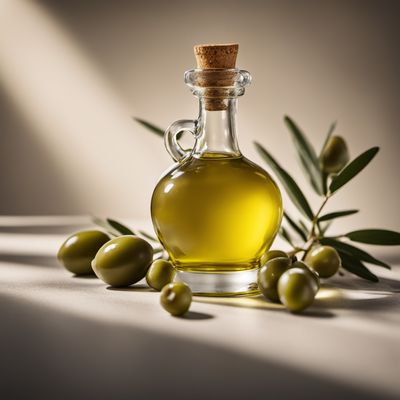
Ingredient
Olive oils
Liquid Gold: The Elixir of Olives
Olive oil is a golden-hued oil extracted from the fruit of the olive tree. It possesses a distinct fruity taste with hints of bitterness and peppery notes. Olive oil varies in color, ranging from pale yellow to deep green, and its texture can be smooth or slightly viscous. Its appearance is often described as lustrous and radiant.
Origins and history
The cultivation of olives and the production of olive oil date back thousands of years, with evidence of their use in ancient civilizations such as the Greeks and Romans. Olive oil has played a significant role in Mediterranean cultures, shaping their culinary traditions and becoming a symbol of abundance and prosperity.
Nutritional information
Olive oil is a rich source of monounsaturated fats, which are considered heart-healthy. It also contains antioxidants, such as vitamin E, and has anti-inflammatory properties. However, it is important to consume olive oil in moderation due to its high caloric content.
Allergens
Individuals with olive allergies may experience symptoms such as itching, swelling, or difficulty breathing. It is advised to consult with a healthcare professional if you suspect an olive oil allergy.
How to select
When selecting olive oil, look for extra virgin olive oil (EVOO) as it is the highest quality and least processed form. Check for certifications or seals of authenticity, such as the Protected Designation of Origin (PDO) or the North American Olive Oil Association (NAOOA) seal. Opt for oils with a harvest date to ensure freshness.
Storage recommendations
To preserve the freshness and quality of olive oil, store it in a cool, dark place away from heat and light. Ensure the bottle is tightly sealed to prevent oxidation. Avoid storing olive oil near strong-smelling substances as it can absorb odors.
How to produce
Growing olive trees and producing olive oil requires specific climatic conditions, including a Mediterranean-like climate with mild winters and hot, dry summers. It is best suited for regions with long, warm growing seasons.
Preparation tips
Olive oil can be used in various ways, such as drizzling it over salads, vegetables, or grilled meats, or using it as a base for marinades, dressings, and sauces. It is also commonly used for sautéing, roasting, and frying due to its high smoke point. Additionally, olive oil can be used in baking to add moisture and richness to cakes, bread, and pastries.
Substitutions
Sunflower oil, avocado oil, and grapeseed oil can be used as substitutes for olive oil in cooking and baking. However, keep in mind that each substitute may alter the flavor profile of the dish to some extent.
Culinary uses
Olive oil is a versatile ingredient used in Mediterranean cuisine, including dishes like pasta, pizza, bruschetta, and various seafood preparations. It is also a key component in salad dressings, dips, and spreads. Its culinary uses extend beyond the Mediterranean, as it is widely incorporated into global cuisines.
Availability
Olive oil is commonly available in Mediterranean countries such as Spain, Italy, Greece, and Tunisia. It is also cultivated and produced in other regions around the world, including California, Australia, and South America.
More ingredients from this category
Recipes using Olive oils » Browse all
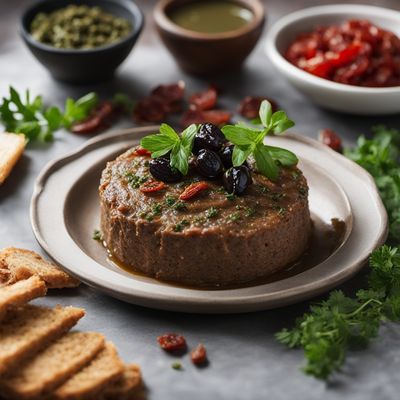
Apulian-style Pâté
Savor the Flavors of Apulia with this Delectable Pâté

Grilled Pig's Ear with Garlic and Lemon
Crispy Delight: Grilled Pig's Ear with Zesty Garlic and Lemon

Arab-style Spiced Chicken Liver
Savory Delights: Arab-inspired Spiced Chicken Liver

Ensalada de Naranjas y Granadas (Orange and Pomegranate Salad)
Citrus Delight: A Refreshing Spanish Salad Bursting with Flavors

Avocado and Shrimp Salad
Delightful French Avocado and Shrimp Salad

Roasted Piri Piri Chicken
Fiery Portuguese Delight: Roasted Piri Piri Chicken

Navyath Muslim Spiced Dried Meat (Muqmad)
Savory Spice Infused Navyath Muslim Dried Meat Delight
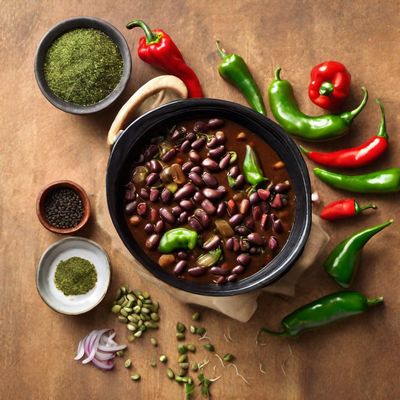
Feijoada - Authentic Brazilian Black Bean Stew
Sabor Latino: Delicioso Feijoada - A Taste of Latin America

Latin American Gumbo
Saboroso Gumbo: A Latin Twist on a Classic American Dish
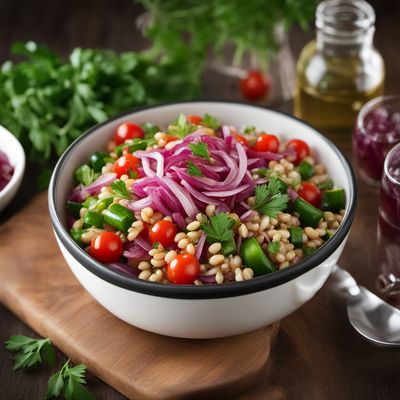
Norwegian Pearl Barley Salad
Nordic Delight: Norwegian Pearl Barley Salad with a Zesty Twist
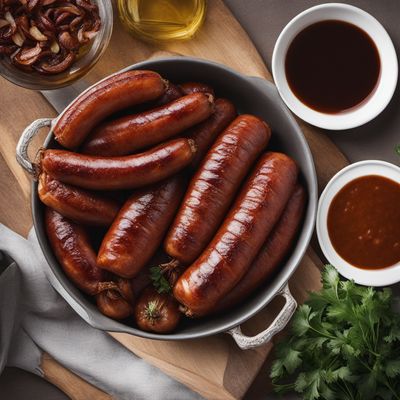
Smoky Polish Sausage with Caramelized Onions
Sizzling Sausage Delight: A Flavorful Polish Classic
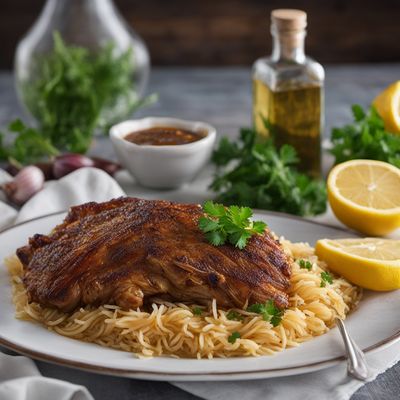
Muhajir Kleftiko
Spiced Lamb Parcel with Fragrant Rice

